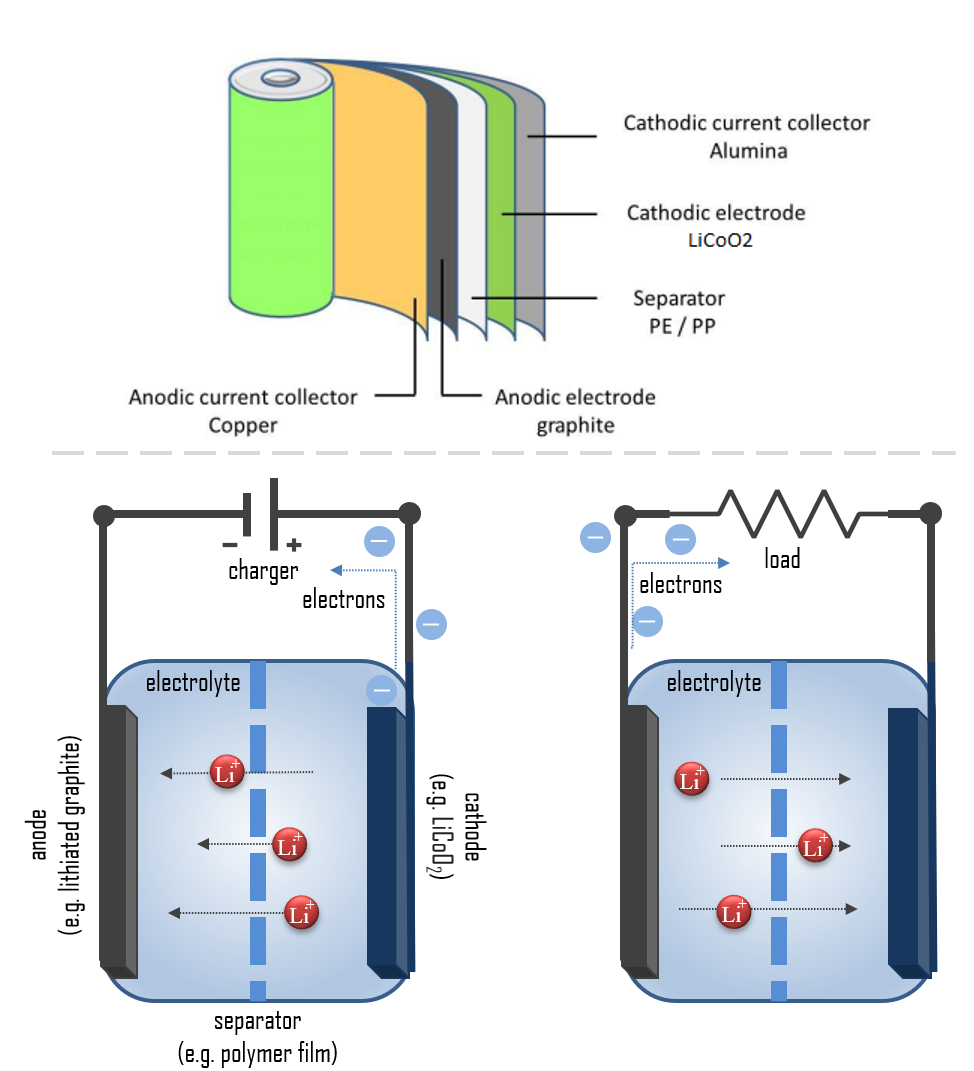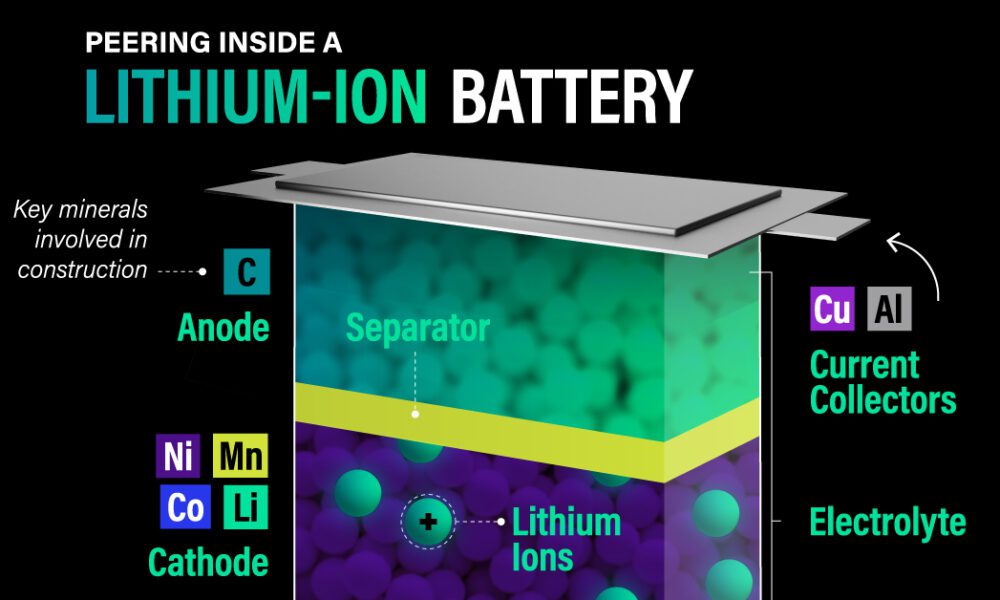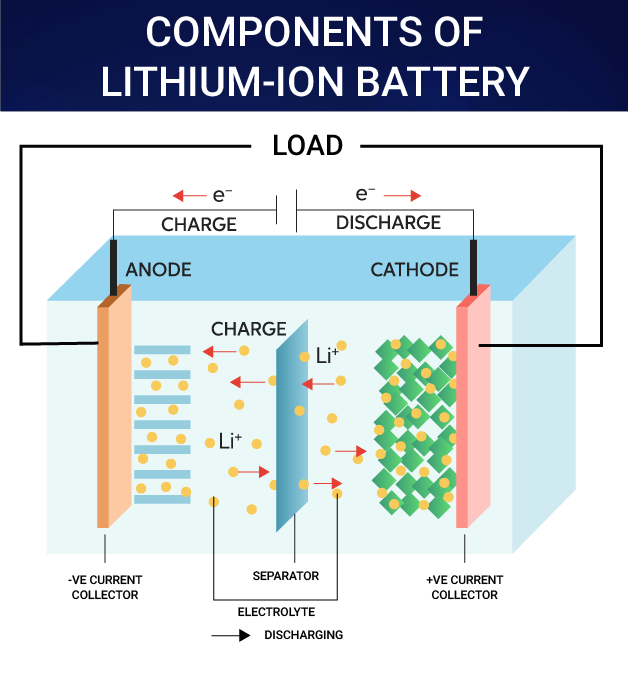Batteries, Free Full-Text
$ 12.00 · 4.5 (753) · In stock
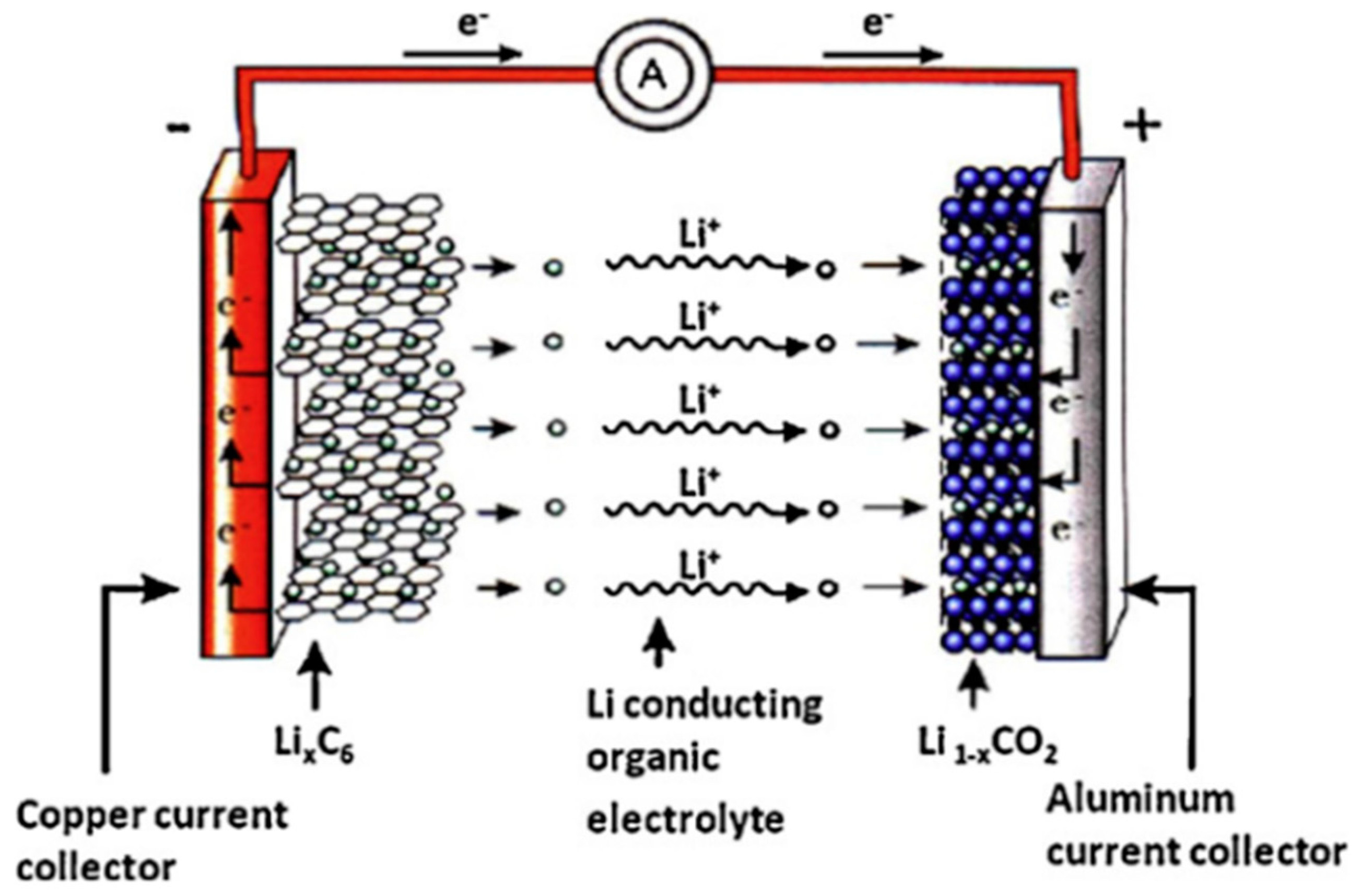
Use of a reference electrode (RE) in Li-ion batteries (LIBs) aims to enable quantitative evaluation of various electrochemical aspects of operation such as: (i) the distinct contribution of each cell component to the overall battery performance, (ii) correct interpretation of current and voltage data with respect to the components, and (iii) the study of reaction mechanisms of individual electrodes. However, care needs to be taken to ensure the presence of the RE does not perturb the normal operation of the cell. Furthermore, if not properly controlled, geometrical and chemical features of the RE can have a significant influence on the measured response. Here, we present a comprehensive review of the range of RE types and configurations reported in the literature, with a focus on critical aspects such as electrochemical methods of analysis, cell geometry, and chemical composition of the RE and influence of the electrolyte. Some of the more controversial issues reported in the literature are highlighted and the benefits and drawbacks of the use of REs as an in situ diagnostic tool in LIBs are discussed.

Feasible approaches for anode-free lithium-metal batteries as next

Lithium-ion battery - Wikipedia
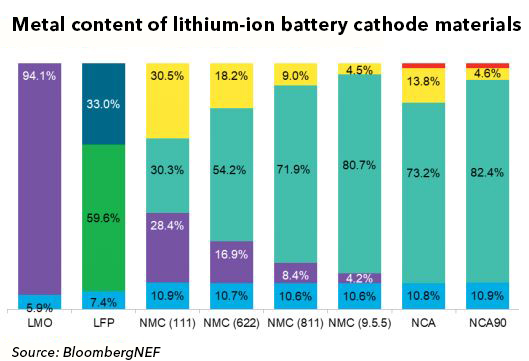
Tesla Targets Cobalt-Free Batteries in All Models

Anode-free” Zn/LiFePO4 aqueous batteries boosted by hybrid

Li-Metal lithium metal production process: The 200 Best Inventions, lithium

Batteries, Free Full-Text

Page 2 Colorful Batteries Images - Free Download on Freepik

Battery level Stock Photos, Royalty Free Battery level Images

Methods And Protocols For Reliable Electrochemical Testing, 57% OFF
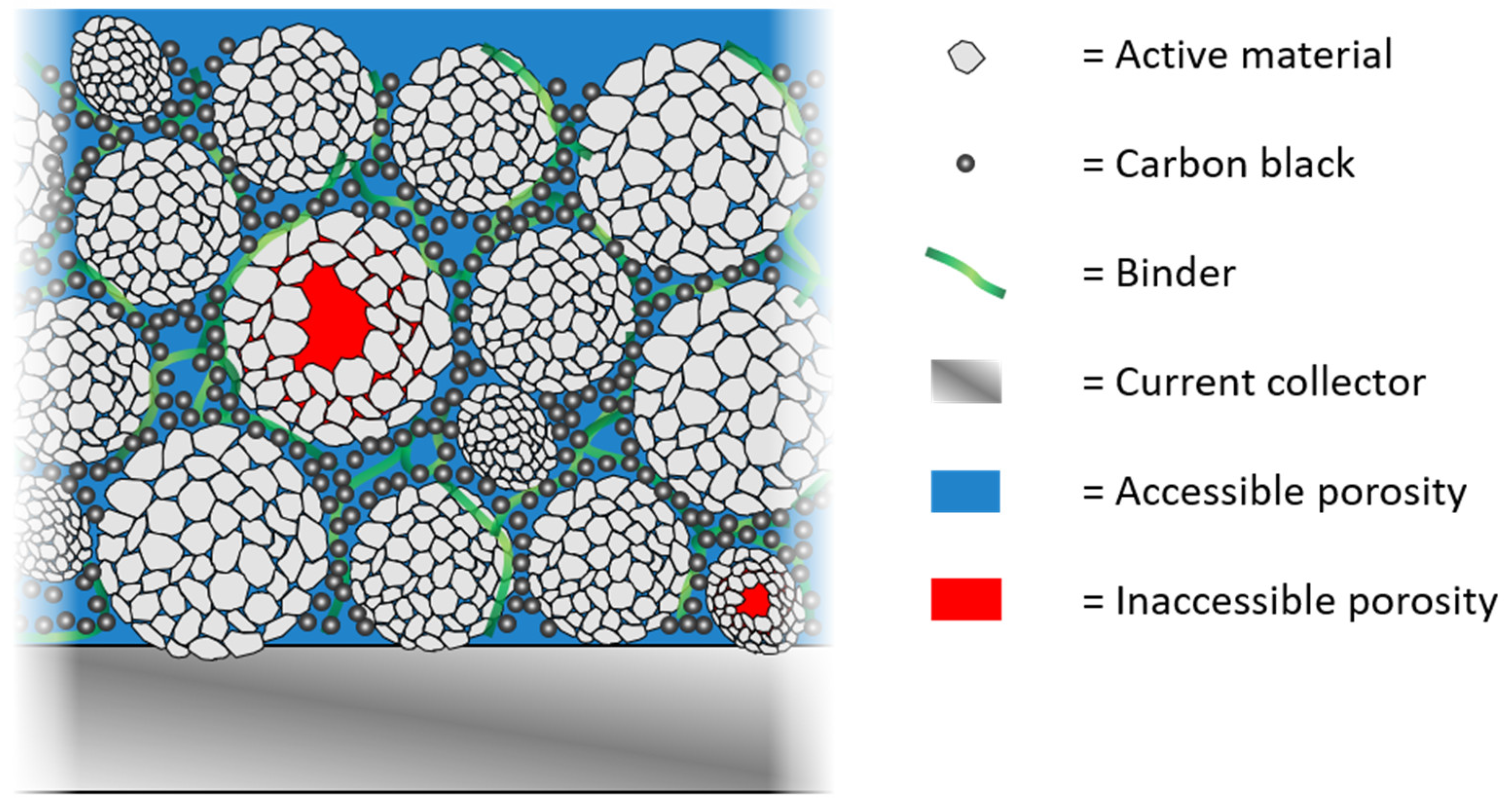
Batteries, Free Full-Text

Batteries, Free Full-Text

Batteries, Free Full-Text


:quality(80):fill(white)/http:%2F%2Fimages.lululemon.com%2Fis%2Fimage%2Flululemon%2FLW5FG2S_052868_1%3Fsize=800%252c800)


